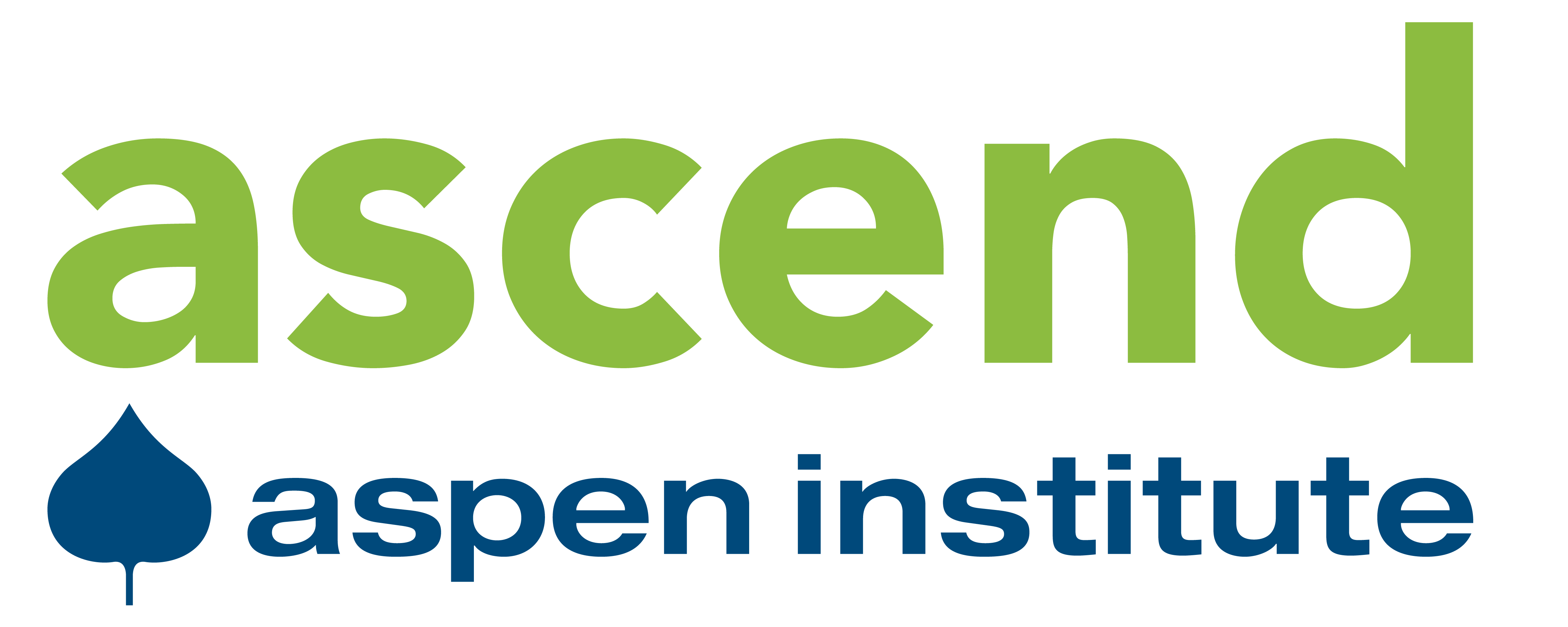
Data on Families With Low Incomes Across America Can Inform Two-Generation Approaches
Recent research documents substantial declines in the United States’ poverty rate over the past several decades, including among children. This is very good news that showcases the success of many poverty prevention efforts. However, too many families continue to struggle to meet their basic needs, a challenge that may be exacerbated by increased costs of living, widening income inequality, and ongoing economic uncertainty. Moreover, upward economic mobility across generations remains limited: Children who grow up in the United States today are much less likely than children born in the 1940s to earn more income than their parents. As a broad prescription, it is critical that we continue anti-poverty efforts to ensure that poverty rates for families continue to decline and that opportunities for economic mobility improve.
A broad set of economic and social conditions are linked to a family’s ability to achieve economic security and mobility. In the United States, employment, most often achieved through education and training, is key to many families’ economic well-being.i However, families with low incomes are overrepresented in communities that offer fewer well-paying, stable jobs and in which high-quality education is less available. And some populations—for example, certain racial and ethnic groups and people with disabilities—face additional barriers to economic stability that result from both structural-level discrimination (e.g., inequitable policies and practices in housing, education, hiring, and the criminal justice system) and individual-level discrimination (e.g., harassment).
Research suggests that two-generation (2Gen) approaches can help interrupt the economic and social barriers to many families’ economic mobility and increased well-being and carry long-term benefits. (For more information on 2Gen approaches, see the dropdown feature below the key findings.) Child Trends conducted new analyses for this report, which provides a current data snapshot of some of the families in the United States who may be eligible for and benefit from 2Gen supports and services. Policymakers, researchers, and program evaluators should pay attention to these same data points in efforts to assess families’ needs and identify supports to help them thrive.
Download
10 Key Findings
1. Fewer families with children lived in poverty or in low-income households in 2021 than in 2011. The percentage of families living in households with low incomes declined from 2011 to 2021, from 36 percent to 29 percent.
- These declines occurred for all family types examined in this report—families with a single parent, families with young children, families with young parents, and multigenerational families.
2. In 2021, families with a single parent (51%) and a young parent (45%) were the most likely family types examined to live in households with low incomes.
3. Gender gaps remain in families headed by single parents. Families headed by a single mother were much more likely to have low household incomes (55%) than those headed by single fathers (34%).
4. Families in households with low incomes are diverse. In 2021, among these families:
- Just over half (51%) were two-parent families, either married (43%) or cohabiting (8%).
- Most (80%) lived on their own. However, 12 percent lived with a grandparent and 8 percent with someone other than a grandparent.
- White families made up 34 percent of the total but were underrepresented relative to their overall population size. Hispanic and Black families, and families of other racial and ethnic identities, were overrepresented.
5. Families living in low-income households continue to face barriers to economic mobility. In 2021, among these families:
- Most (60%) lived in rented housing, and renting was particularly common among young parents (76%). Home ownership is an important vehicle for economic mobility in the United States because of its ability to generate wealth for families.
- More than half (53%) had obtained only a high school diploma, or fewer years of formal education.
- 71 percent had at least one employed parent. Although employment can help provide economic security, it does not ensure that families have incomes that meet their basic needs.
- Eighteen percent of parents who had not worked in the previous year did not work due to illness or a disability, while two thirds did not work to care for their home or a family member.
- Seventeen percent had at least one parent reporting fair or poor health (as opposed to good, very good, or excellent).
- One in five (21%) reported that no parent had health insurance.
6. More than half of families with low incomes reported not receiving support from some of the most common safety net programs. Roughly one fifth of families reported receiving a housing subsidy and support from the Special Supplemental Nutrition Program for Women, Infants, and Children (WIC) in the prior year. A substantial minority (44%) reported receiving support from the Supplemental Nutrition Assistance Program (SNAP).
7. The economic challenges faced by families in households with low incomes are particularly pronounced for families headed by a single parent, families with young children, families with young parents, and multigenerational families.
8. Family households with low incomes tend to live in counties that have worse scores across several of the community health indicators we examined—such as higher child poverty rates, higher violent crime rates, worse air quality, and less access to healthy food.
9. Family households with low incomes also reside in counties with a slightly higher child care cost burden, relative to other families—in other words, they tend to live in counties in which a higher proportion of the average household income goes to child care.
10. Researchers, policymakers, and practitioners building out two-generation supports for families should know that:
- Data from multiple sources are needed to gain a full accounting of what families look like across the six key domains highlighted in two-generation approaches.
- A deeper consideration of the life circumstances of some populations—including, for example, Black, Hispanic, American Indian and Alaska Native families; families in rural areas; and families with a member who has a disability—can be limited by small sample sizes in many data sources or by a limited number of relevant measures.
- Attention to factors both inside and outside of households will improve our understanding of the challenges that families may face and of the resources to which they may have access, including their social connections.
What’s in this report
Using national data from 2011 and 2021, we first detail levels of household poverty and low-income status among families that include at least one parent and one child under age 18 and show how those rates changed over the last decade. We also look at these data separately for families headed by a single parent, families with young children, families with young parents, and multigenerational families. These family types, which can overlap (for example, many single-parent families live in multigenerational households), often face additional barriers to achieving economic security and stability, and thus represent a priority population for many human service programming efforts.
Using the 2021 data, we then look more closely at families in households with low incomes and document some of their demographic and family characteristics, including those typically prioritized in 2Gen approaches—for example, health status, education, employment, housing status, and economic supports from human service programs. These data do not allow us to look directly at two of the domains highlighted in 2Gen approaches—early care and education (ECE) and social capital. However, we can touch on these topics indirectly using community-level data from the County Health Rankings & Roadmaps program of the University of Wisconsin Population Health Institute. These data allow us to describe aspects of community health for places where family households with low incomes1 live, and across a range of characteristics, including access to child care. Some of these measures of community health may help foster the important social connections between people that can support economic mobility.
We end the report with a brief discussion of our findings and a description of the data sources, analytic samples, and measures included in this analysis.
For more information on two-generation approaches, trends in U.S. marriages and family formation, and our definitions of poverty and low-income, see the dropdowns below.
A Two-Generation (2Gen) Approach to Supporting Families
Changing Trends in U.S. Marriages and Family Formation Patterns
Defining Poverty, Near Poverty, and Low Income
Footnote and References
Suggested citation
Wildsmith, E., & Alvira-Hammond, M. (2023). Data on families with low incomes across America can inform two-generation approaches. Child Trends https://doi.org/10.56417/1147h453i
This report was produced in partnership with Ascend at the Aspen Institute, a catalyst and convener for diverse leaders working across systems and sectors to build intergenerational family prosperity and well-being by intentionally focusing on children and the adults in their lives together.

© Copyright 2024 ChildTrendsPrivacy Statement
Newsletter SignupLinkedInThreadsYouTube